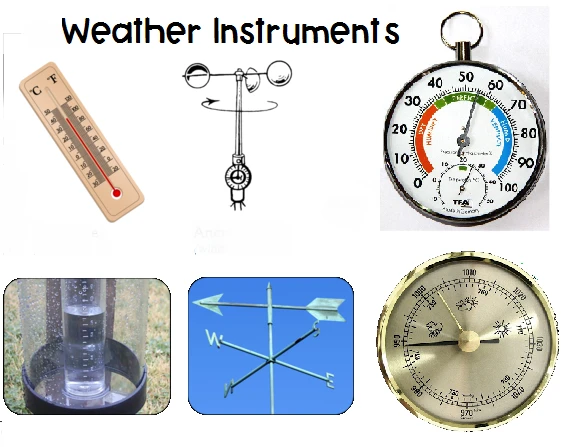
# Weather Instruments: Essential Tools for Accurate Forecasting
## Introduction to Weather Instruments
Weather instruments are specialized tools designed to measure various atmospheric conditions. These devices play a crucial role in meteorology, helping scientists and weather enthusiasts collect accurate data for forecasting and climate studies. From simple thermometers to sophisticated radar systems, weather instruments come in many forms, each serving a specific purpose in atmospheric observation.
## Common Types of Weather Instruments
### Thermometers: Measuring Temperature
The most basic and widely recognized weather instrument is the thermometer. These devices measure air temperature using various principles:
– Liquid-in-glass thermometers (mercury or alcohol)
– Bimetallic strip thermometers
– Digital thermometers with electronic sensors
### Barometers: Tracking Atmospheric Pressure
Barometers are essential for measuring atmospheric pressure, which helps predict short-term weather changes. There are two main types:
– Mercury barometers
– Aneroid barometers
### Anemometers: Gauging Wind Speed
Wind measurement is critical for weather forecasting, and anemometers serve this purpose:
– Cup anemometers (most common)
– Vane anemometers
– Hot-wire anemometers
– Sonic anemometers
## Advanced Weather Measurement Tools
### Rain Gauges: Measuring Precipitation
Precipitation measurement is vital for hydrology and agriculture. Common types include:
– Standard rain gauges
– Tipping bucket rain gauges
– Weighing precipitation gauges
### Hygrometers: Determining Humidity
Humidity measurement helps understand moisture levels in the air:
– Psychrometers (wet-and-dry bulb)
– Hair hygrometers
– Electronic hygrometers
### Weather Stations: Comprehensive Monitoring
Modern weather stations combine multiple instruments into integrated systems:
– Home weather stations
– Professional meteorological stations
– Automated weather observation systems (AWOS)
## Specialized Weather Instruments
### Radiosondes: Upper-Air Observations
These instrument packages are carried aloft by weather balloons to collect data from the upper atmosphere, measuring:
– Temperature
– Humidity
– Pressure
– Wind speed and direction
### Weather Radar Systems
Advanced radar technology provides crucial information about:
– Precipitation intensity and type
– Storm structure and movement
– Wind patterns
### Satellite Instruments
Weather satellites carry sophisticated instruments that monitor:
– Cloud cover
– Sea surface temperatures
– Atmospheric composition
– Global weather patterns
## The Importance of Accurate Weather Instruments
Reliable weather instruments are fundamental for:
– Accurate weather forecasting
– Climate change research
– Agricultural planning
– Aviation safety
– Disaster preparedness
As technology advances, weather instruments continue to improve in accuracy and capability, providing meteorologists with increasingly detailed data to understand and predict atmospheric conditions. From simple backyard weather stations to complex satellite systems, these tools form the backbone of modern meteorology and our ability to anticipate weather changes.
Keyword: wether instruments